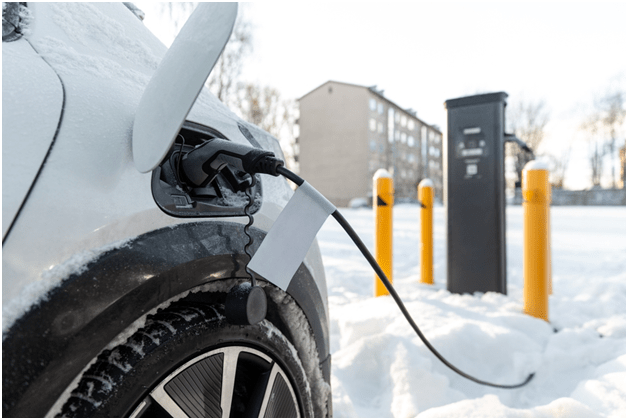Welcome back, Aviation enthusiasts! Today, we’re taking a detour from the skies to delve into the world of electric vehicles (EVs) and their performance in cold weather. At Aviation Hotshot, we believe in keeping you informed about the latest advancements in technology, and in this blog post, we explore the intriguing relationship between plummeting temperatures and EV range.
Understanding the Impact
Cold weather can cast a shadow on the performance of electric vehicles, affecting their range in more ways than one. As temperatures drop, the chemical reactions within an EV’s battery slow down, resulting in less available energy to power the vehicle. Additionally, the energy required to heat the cabin and defrost windows further contributes to a decrease in overall range.
For avid EV users, understanding how cold weather impacts their vehicle is crucial for planning trips efficiently. Keep in mind that the severity of the cold, driving habits, and road conditions can all play a role in determining your EV’s range during winter escapades.
Charge Smartly for Optimal Performance
To counteract the effects of cold weather on your EV’s range, it’s essential to charge smartly. Begin by parking your electric vehicle in a garage or covered area whenever possible. This simple step helps maintain the battery’s temperature, mitigating the impact of freezing weather conditions. During extremely cold weather, consider opting for slower, overnight charging instead of fast chargers to preserve battery efficiency.
A clever trick to maximize your EV’s range is to preheat it while still plugged in. Many EVs offer a pre-conditioning feature, allowing you to warm up the cabin and battery using electricity from the grid instead of the battery, ensuring optimal performance during your journey.
Preconditioning for Peak Performance
Preconditioning your EV before hitting the road in cold weather can make a significant difference. This involves using the pre-conditioning feature to warm up the cabin and battery while the vehicle is still connected to the charger. By doing so, you not only ensure a comfortable driving experience but also enhance the efficiency of the battery, leading to better overall performance.
Consider using seat heaters instead of the cabin heater to conserve energy. Seat heaters require less power, providing targeted warmth to the driver and passengers. This not only reduces energy consumption but also speeds up the warm-up process.
Seat Heaters: Comfort with Efficiency
To strike a balance between comfort and energy conservation during cold weather, leverage the power of seat heaters. Instead of relying solely on the cabin heater to warm up the entire interior, seat heaters can provide targeted warmth, allowing for quicker warm-up times and reduced energy consumption.
Adjust the seat heater settings according to your preference and turn them off when no longer needed to save energy. This not only contributes to a more sustainable driving experience but also enhances your overall EV range during winter.
The Shelter of a Garage
Ever wondered how having a garage can positively impact your EV’s performance during cold weather? Using a garage or covered parking space provides several benefits. Firstly, it helps maintain the battery at an optimal temperature, minimizing the adverse effects of chilly weather on its performance.
A garage also acts as an additional layer of insulation, shielding your EV from extreme cold and ensuring a relatively stable temperature. This protection extends beyond temperature control; it helps keep your EV free from snow, ice, and other winter elements, reducing the need for time-consuming snow removal and ensuring a hassle-free start when you’re ready to hit the road.
In conclusion, understanding and mitigating the impact of cold weather on your electric vehicle is essential for a smooth and efficient driving experience. At Aviation Hotshot, we’re committed to keeping you in the loop with the latest updates in technology, aviation, and now, electric vehicles. Stay tuned for more insights into the intersection of aviation and cutting-edge innovations!






Leave A Comment